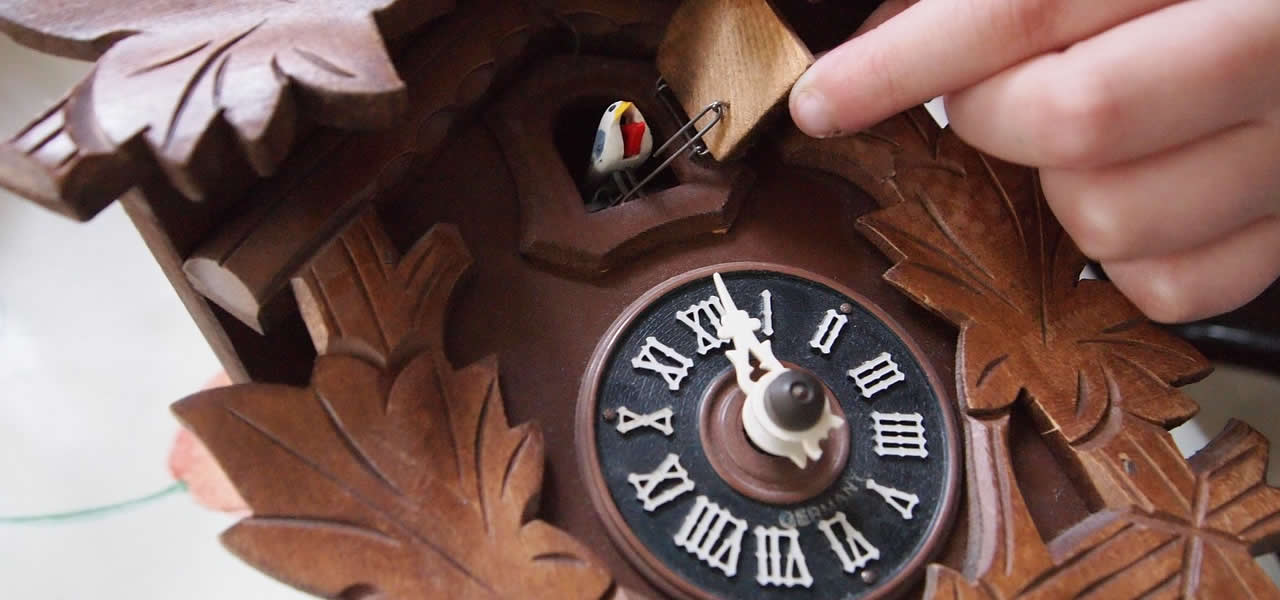Everyone likes something for free, especially when it comes to sources of clean, renewable energy. Enter the Gravity Lamp – It’s a story that pops up from time to time on Facebook, Twitter etc. about a device that can produce free, renewable energy in the form of light, and all it requires is a bit of muscle power – and crucially, no batteries. But is it a hoax or is it real? – Is it just another one of those internet scam stories with no basis in scientific reality or does the device really exist AND deliver the goods?
Free energy – An attention-grabbing buzz phrase
One of the main reasons the story prods the readers’ imagination is that unlike any other form of lighting, this device would only be powered by gravity and would need no other source of power apart from those in the user’s muscles. This ‘miracle light’ would be of particular significance in third world countries where there is no access to electricity, batteries can’t be bought easily or cheaply, and where kerosene lamps are the only affordable option to produce light.
The problem with wind up LED lights
Whilst you can achieve the same results these days with a wind-up LED torch, the biggest problem with these in developing countries is that they are not a viable option due to the limited lifespan of the batteries inside them. Rechargeable batteries deteriorate over time; the more you use them, the less charge they retain. Eventually, they give up the ghost for good and need replacing. If you don’t have the money or technical skill to replace the battery (assuming you can even get hold of a new one), the device would be a waste of money. Couple this with the fumes constantly being put out in a room with a kerosene lamp, and you’re on to a winner with the Gravity Lamp.
Reports of Foul Play
According to an article written on the Museum of Hoaxes website back in 2008, it was all a big con. The story goes that Clay Moulton, a U.S. grad student, achieved 2nd place in a ‘Greener Gadgets Conference’ competition by inventing a lamp that was powered by gravity rather than batteries or sunlight.
The original claim was that a person could lift up a heavy(ish) weight of around 4.5 kilograms to about 4 or 5 feet off the ground, connect it to Moulton’s device, and as it descended slowly, it would turn a rotor in the small machine that would power a 40 watt light bulb for up to 4 hours.
At the time, the story was feverishly being shared and written about across the internet but according to those eggheads who’d taken time to crunch the numbers, the maths just didn’t add up and the claims of the duration and power output of the lamp were at best bogus and at worst a diabolical con trick. The story goes on to say that since it was assumed that Moulton must have built a working prototype in order to come second in a competition, it must be true.
In an astonishing revelation, Moulton said that he hadn’t actually built the device and it was just a design concept with future technological advances in mind. Some eagle-eyed boffins who produced the maths at the time claimed that, in reality, a 4-tonne weight would need to be lifted at least 1.5 metres above the ground to produce 4 hours of 40 watt light. It was at this point that Moulton dutifully wrote a letter offering to give up his second place and his winnings in the competition.
Rehashing an old-school clock invention

One of the reasons the gravity light sounded so plausible is that the idea was actually based on a very simple invention from hundreds of years ago; the cuckoo clock. These were produced in significant numbers from the mid-1700s in Germany and worked on the very same principle of a raised weight to power a mechanical device as gravity pulled the weight towards the ground. It’s no surprise that a modern-day thinker might wonder if the same principle could be used to produce light.
Is the idea of a gravity light dead and buried?
In one word, NO. Since the original fracas in the late 2000s, technology has relentlessly marched on and modern-day, highly efficient LED lights are now commonplace.
As a result, you can now actually buy a genuine, real-life, working Gravity Light (muscle power required!) from mainstream outlets such as Amazon and Walmart (The US, Canda, UK, Europe and Australia).
Where can I buy a Gravity Light?
Brace yourself, one Gravity Light will set you back about £70 on Amazon so you’ll need deep pockets. On the upside, your purchase will help support the mission of eliminating kerosene lamps in third world countries as the manufacturer supports The GravityLight Foundation, whose aim is to offer a clean and affordable alternative to dangerous, polluting kerosene lamps.
How much weight and how much height?
If you’re expecting 40 watts for 4 hours, you’re going to be a tad disappointed. The genuine, fully functional Gravity Light only emits a dim light for around 20 minutes with an attached weight of 12.5kg. If you’re used to convenience and portability, then a Gravity Light probably isn’t for you but if you’re in a 3rd world country, this light can be a real game-changer.
About Us
Skip Hire Info provide a range of waste management and skip hire services throughout Sussex including Hastings, Brighton and Eastbourne.
